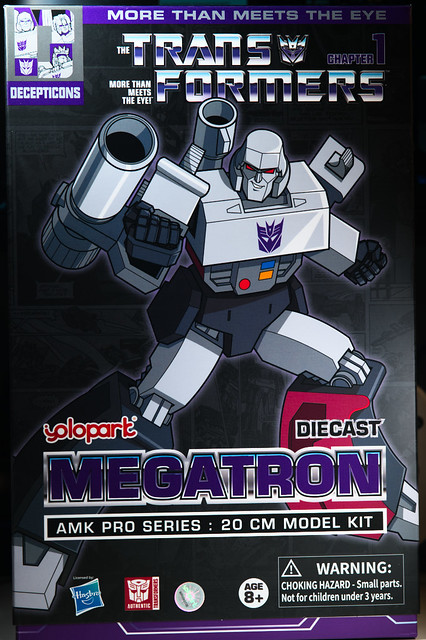Custom Cardboard Boxes: A Comprehensive Guide to Manufa Personalized corrugated containers cturing, Features, and Selection
Introduction:
In today’s competitive market, personalized corrugated containers have become a popular choice for businesses looking for bespoke cardboard packaging solutions. Tailored paperboard cartons offer specially designed card packages that not only enhance product visibility but also prov cosmetic packaging box ide superior protection during shipping and storage. In this article, we will explore the manufacturing process, features, advantages, usage methods, and how to choose the right custom cardboard boxes.
Manufacturing Process:
The production of custom cardboard boxes involves several stages. Initially, high-quality raw mate

rials such as recycled or virgin fibers are pulped into thick sheets known as linerboards. These linerboards then undergo a fluting process where they are shaped into corrugated mediums by passing through heated rollers. The corrugated mediums create strength attributes while keeping the weight of the box lightweight. Afterward, these mediums are sandwiched between two flat linerboards forming what is commonly known as a “corrugated board.” This corrugated board is then cut according to specific box dimens

ions using advanced cutting machines before being folded and glued together via automated systems.
Features and Advantages:
1) Durability: Custom cardboard boxes excel in durability due to their structural integrity obtained from the fluted design.
2) custom cardboard boxes Versatility: They can be tailored to various shapes and sizes based on specific requirements.
3) Eco-Friendly: Made from recyclable materials with minimal environmental impact when disposed of correctly.
4) Cost-Effective: Tailored paperboard cartons Compared to other packaging options like plastic or metal crates, these boxes offer economical solutions without compromising quality.
5) Branding Opportunities: With advancements in printing technology allowing high-resolution graphics and vibrant colors on customized packaging boxes allows brands’ logos & designs standout.
Usage Methods:
Custom cardboard boxes find applications across different industries including e-commerce retailing (for shipping products), food industry (for takeaway orders), electronics industry (protecting delicate components duri custom box design ng transportation), and many more. They provide an excellent solution for protecting products f

rom damage, moisture, dust, or any external factors that may impact the quality of the goods.
How to Choose Custom Cardboard Boxes:
1) Consider Product Specifications: Ensure that the dimensions and weight of your product align with the box’s capacity to ensure proper fit and safety.
2) Material Quality: Confirm that the custom cardboard boxes are manufactured using high-quality materials to guarantee strength and protectiveness.
3) Printing Options: Evaluate if the manufacturer custom cardboard boxes provides customization options like logos, branding elements, essential product information, etc., as per your brand requirements.
4) Sustainability: Opt for suppliers who prioritize eco-friendly practices by utilizing recyclable materials while adhering to relevant certifications such as FSC (Forest Stewardship Council).
5) Cost-Effectiveness: Reque custom wine box packaging st quotes from multiple suppliers to compare prices without custom cardboard boxes compromising on quality. Analyze other factors like minimum order quantities, delivery timeframes & additional services provided (such as design assistance).
Conclusion:
Custom cardboard boxes offer a versatile packaging solution with numerous advantages over conventional packaging options. The manufacturing process ensures durability while reducing environmental impact through recyclable materials. By carefully selec Bespoke cardboard packaging ting these specialized containers based on product specifications and considering printing options alongside sustainability practices, businesses can make informed decisions regarding their packaging needs.
